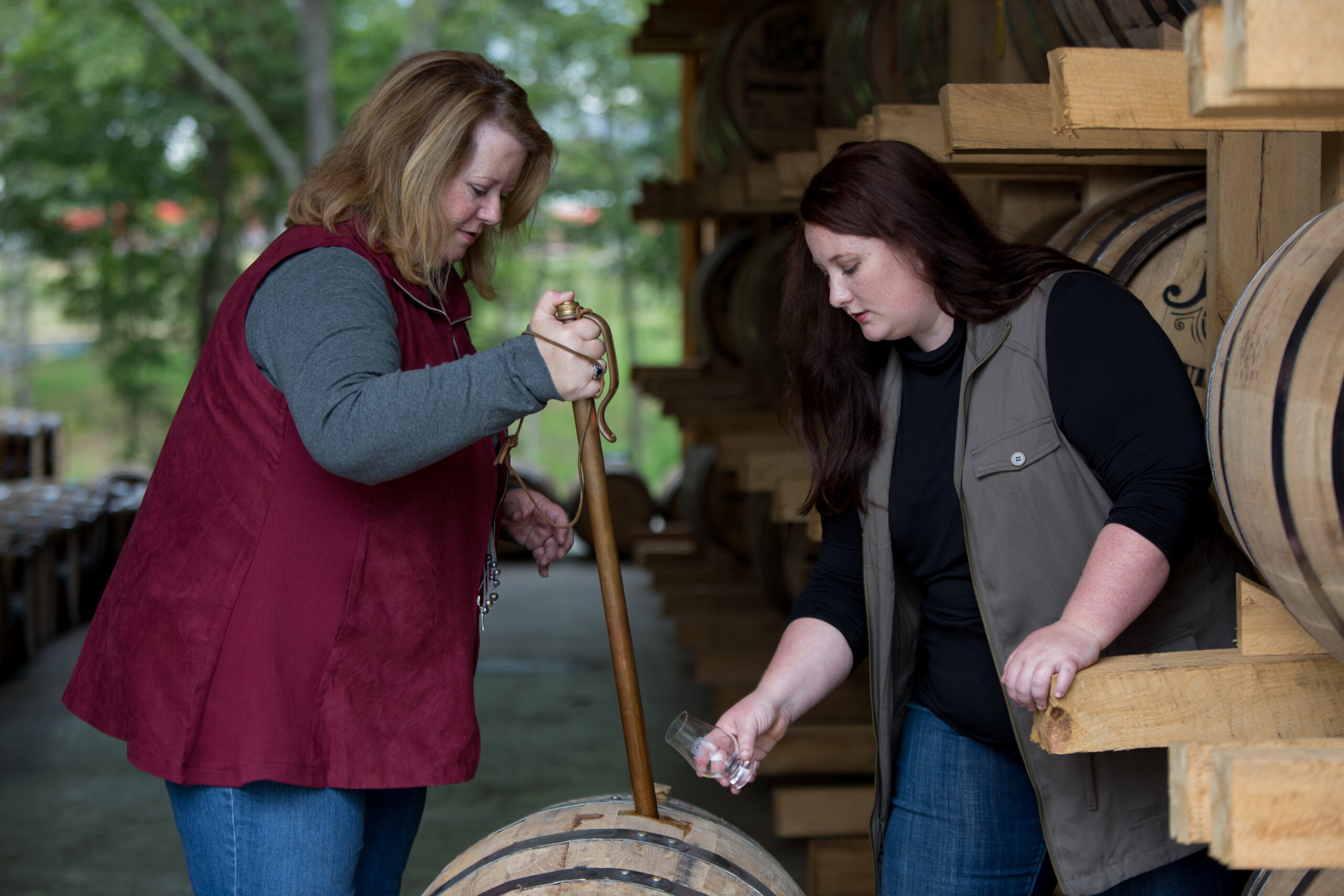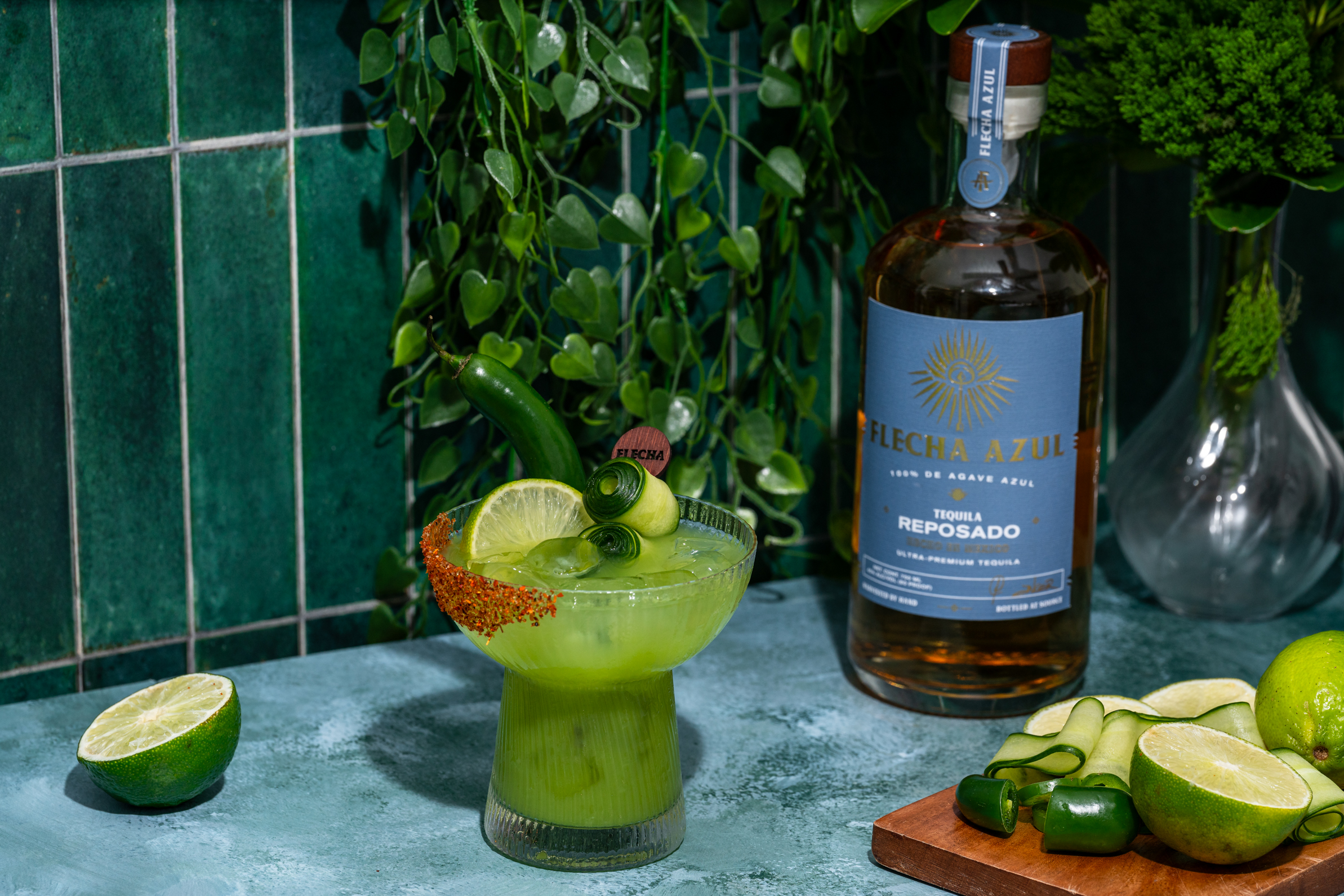Get to Know Aguardente, Portuguese Fire Water
By Richard Thomas
One pathway to riffing a cocktail is to adopt a spirit that folks have probably never heard of and making it your own; better still if that cocktail has an interesting story to go with it.
That choice of an exotic spirit is an easy one for me, because after several years of living in Portugal I’m intimate with a class of grape spirits collectively known as aguardente.

Aguardente Vinica
If you are into spirits, you’ve probably heard of aguardiente before. Take note of the slightly different spelling though, because that denotes the Spanish term. Both words mean “firewater,” but if you’ve come across a bottle of aguardiente, more than likely it is from South America and a variant on sugar cane-based spirits distilled to high proof. The Brazilians make the same stuff, but call it cachaça, and it’s a very different creature from Portuguese aguardente.

Aguardente Velhissima
Aguardente vínica is basically Portuguese brandy, a spirit distilled from wine. A key difference with brandy, though, is purpose: the Portuguese make a lot of aguardente to fortify their Port wines. The wines behind these Portuguese spirits are generally quite drinkable in and of themselves (can you imagine using subpar materials for a product that spends many, many years expensively aging away in a cask, as Port wine does?), so it’s a good bet that even an unaged aguardente will be superior to a comparable brandy.

Aguardente V¡nica Velha e cx
But it’s with the aged stuff that the Portuguese spirit really stands out. Because most of these spirits come from the Port wine industry, aguardente vehla (“old firewater”) is the beneficiary of some lovely vertical integration. The various barrel-aged Port wines are matured for up to 30 years. Those prime, hoary Port casks are then recycled for use in aging aguardente vehla. Those distinctive Port influences make even a modest bottle of aguardente a different creature from your average aged brandy, in much the same way that Port barrel finishing has caught on with bourbon and Scotch distillers.

Aguardente Bagaceira
So, unaged aguardente can put a Portuguese spin on cocktails like the Metropolitan and Vieux Carre, while the aged version can take a Sidecar or cognac-based Sazerac recipe straight to the Duoro Valley.
During my expat stint, I also became acquainted with a very different kind of aguardente that circled back around to my Kentucky roots, this being the local version of genuine moonshine. Aguardente bagaceira is the Portuguese version of grappa, being made from grape pomace instead of wine.

Aguardente com Caixa
Often simply referred to as bagaço, legal versions of this spirit are found on the shelves of every café and almost every restaurant in Portugal and are routinely used to stiffen an after-meal coffee as café com cheirinho (“coffee with a little scent”).

Aguardente Bagaceira Velha
With a traditional use like that already at hand, bagaço is a ready substitute that turns a coffee cocktail like the Grappa Espresso Martini or Irish Coffee into a Lusitanian travel story. While it’s true that grappa, brandy and Irish whiskey come from faraway lands too, these are more familiar spirits and don’t have the same curious cachet as aguardente vehla or bagaceira, evoking as they do a country that has somehow managed to stay a contender in the “Best Kept Secrets” travel articles, year after year, for more than a decade now. Portugal stays an open secret, but their aguardente is pretty close to a real, well-kept secret.










